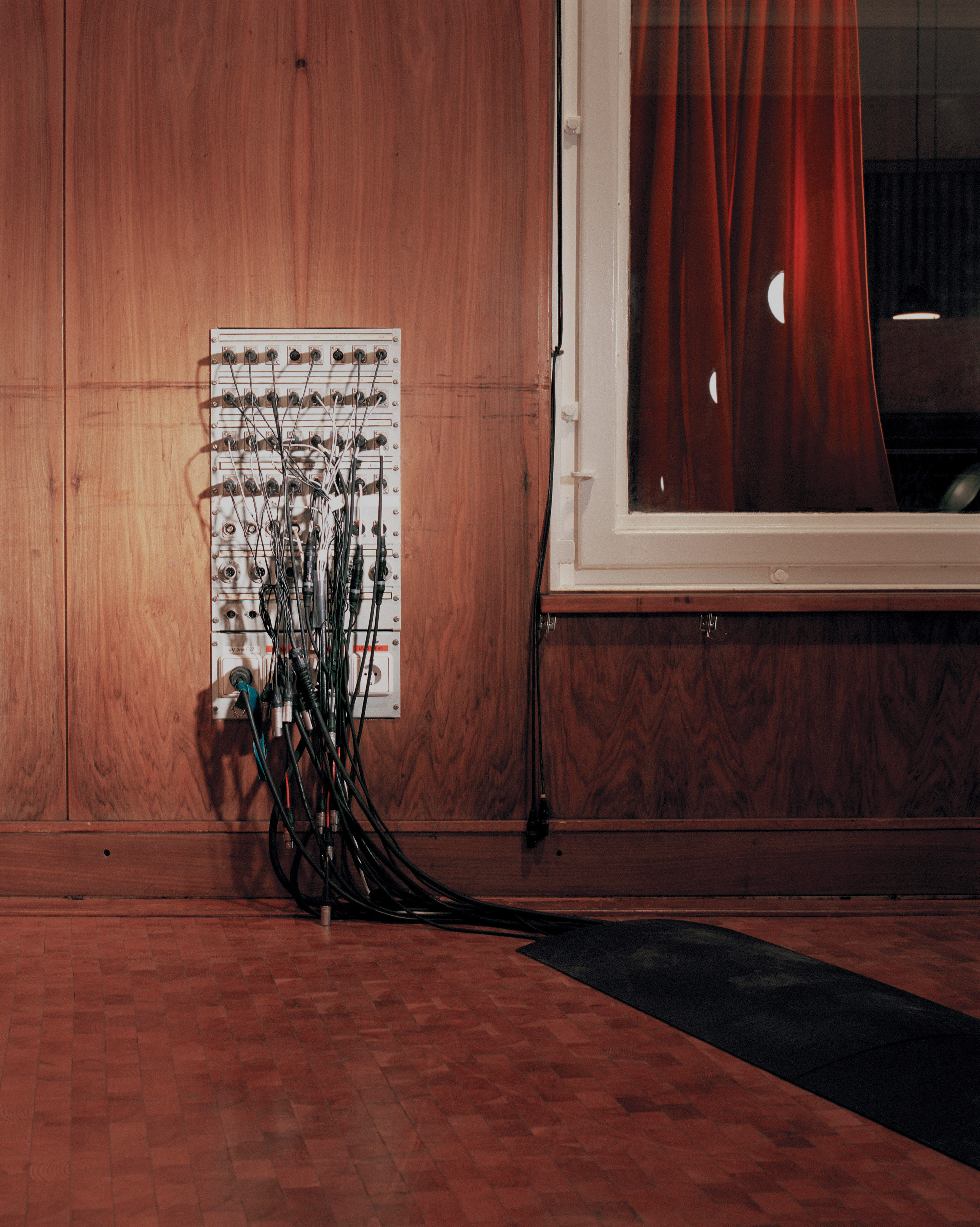When I first opened the box to take a look at the 1073 SPX, I immediately saw a lot of familiar knobs that represented the exact same functions as those on any of my vintage Neve 1073s – or even the pair of the AMS Neve 1073s I have in an old 80 Series powered rack in the A room at Studio G Brooklyn. High-pass, low frequency select, and cut and boost… the usual suspects. But also on the face of this new box were functions I didn't recognize and wasn't immediately comfortable with. Was it some sort of newfound "purist" or "traditionalist" streak that I never knew I had? It looked to me as if someone had drawn sunglasses and a sideways hat on the Mona Lisa. I looked closer to see what additional functionality had been added to the horizontal faceplate of the 1073 we all know and love: sample rate indicator? XLR and 1/4-inch combo jack? A Level knob controlling output, like a fader, made sense, but was I freaking out about seeing these extra functions on an otherwise very familiar old friend? I was having a hard time reconciling what I was seeing, but I also knew that if I put this in a rack as a part of a very, very swank mobile recording setup, I would appreciate not having to reach around the back of it to plug in the single mic that was handling vocal overdubs in someone's rehearsal space or apartment. And I appreciated the DI being placed right on the front.
This box seems to do everything it claims to do. The one I got for evaluation did not have the digital card in it, so the conversion was not tested. Operating the 1073 SPX is as clean and simple as any 1073 should be, especially when you ignore the other stuff on the faceplate.
I was sitting in a room with a ton of great gear in it, including the vintage, totally well-maintained version of this box – or at least what is at the core of this box – and I was tracking the new Dub Trio record. We were doing a song with Troy Sanders from Mastodon on guest vocals. Using this box to record things like guitars and room mic and snare, the operational aspects of the 1073 SPX were cool – it works like you want it to. At this point I started to feel like I needed to see what was inside. How could they tackle the magic and wrestle it into a new box that has all these features, while charging less than they are charging for the reissue of a classic 1073 in module form?
The sound is pretty great. It does what you want it to do. The magic of the classic 1073s seems to be there, but in hologram form. It's like the La Croix seltzer version of the Neve flavor: like someone said "Classic Neve" in the other room while you were dialing up the sound. It puts the idea in your head, without any doubt, but also leaves a lot of room to look to gear that fully delivers on the promises made on the faceplate. Now all this being said, if you ignored the fact that this thing is stepping in the ring with possibly the heavyweight champion of all mic preamps ever made, you would have a great time making recordings with the 1073 SPX, without having to mortgage your children to get it – or a pair of preamps better yet – into your studio.
Without the Marconi knobs, the paint job, and the big "N" logo on the front, would we judge this thing against possibly one of the highest bars in professional audio? Of course not. So, removing the idiomatic response that we will all have to those knobs, the box is really solid and would be a welcome addition to anyone's studio arsenal, especially if it is meant to be a streamlined "do a bunch of things with very little outboard" type setup.I will always welcome a well-designed, solid piece of gear into the world with open arms. The 1073 SPX holds its own even when standing in one of the largest shadows cast by any piece of gear in recording history.




_disp_horizontal_bw.jpg)